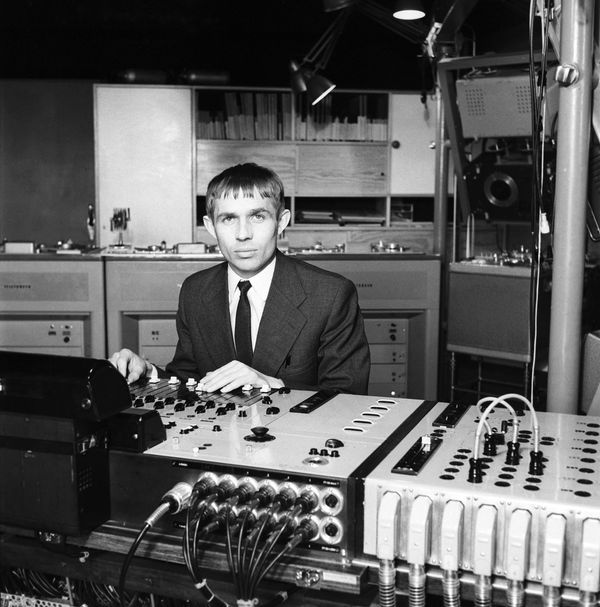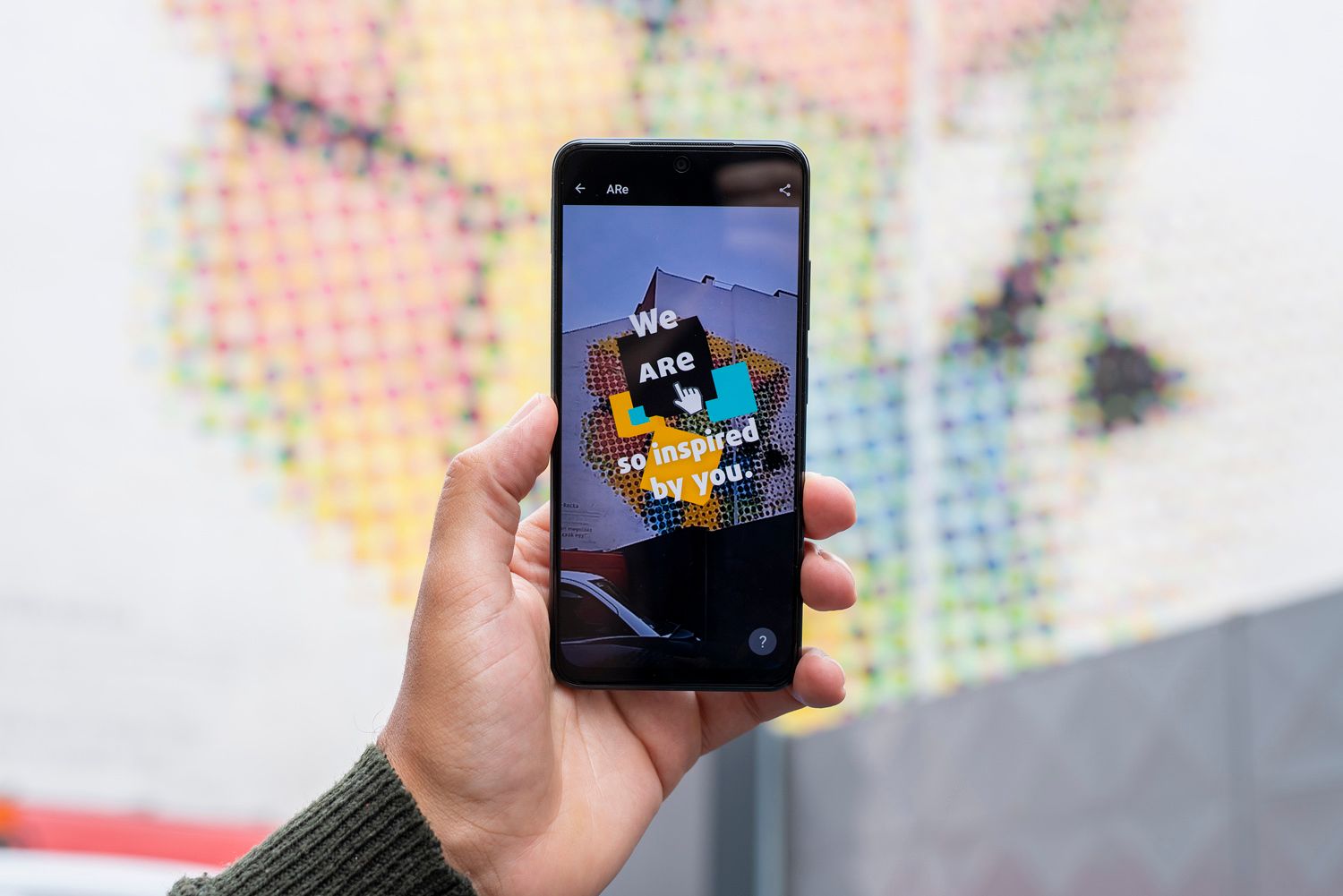Fortunately, there are still initiatives that focus on helping the Ukrainian community. One of these is the immersive technology start-up ARe, which aims to help Ukrainian creative industries with its own digital developments. The initiative is open to Ukrainian artists and designers from any field through an open call. We spoke to Etentuk Udemev, one of the project’s creators and the founder of ARe. Interview!
We have already featured ARe’s activities in the Hype&Hyper columns. Their story began almost ten years ago when people were already interested in augmented reality. Initially, they aimed their developments at tourists and organizations involved in urban planning and tourism, but the epidemic emergency pushed this line of work into the background. As our shopping habits have changed, they have turned more and more to e-commerce: in early 2020, as explained by Udeme, they recognized that they could best help the creative industries by developing a service to compensate for closed shops and the lack of face-to-face interaction, events and travel. With this motivation behind them, they now want to provide a potential solution to another current problem.
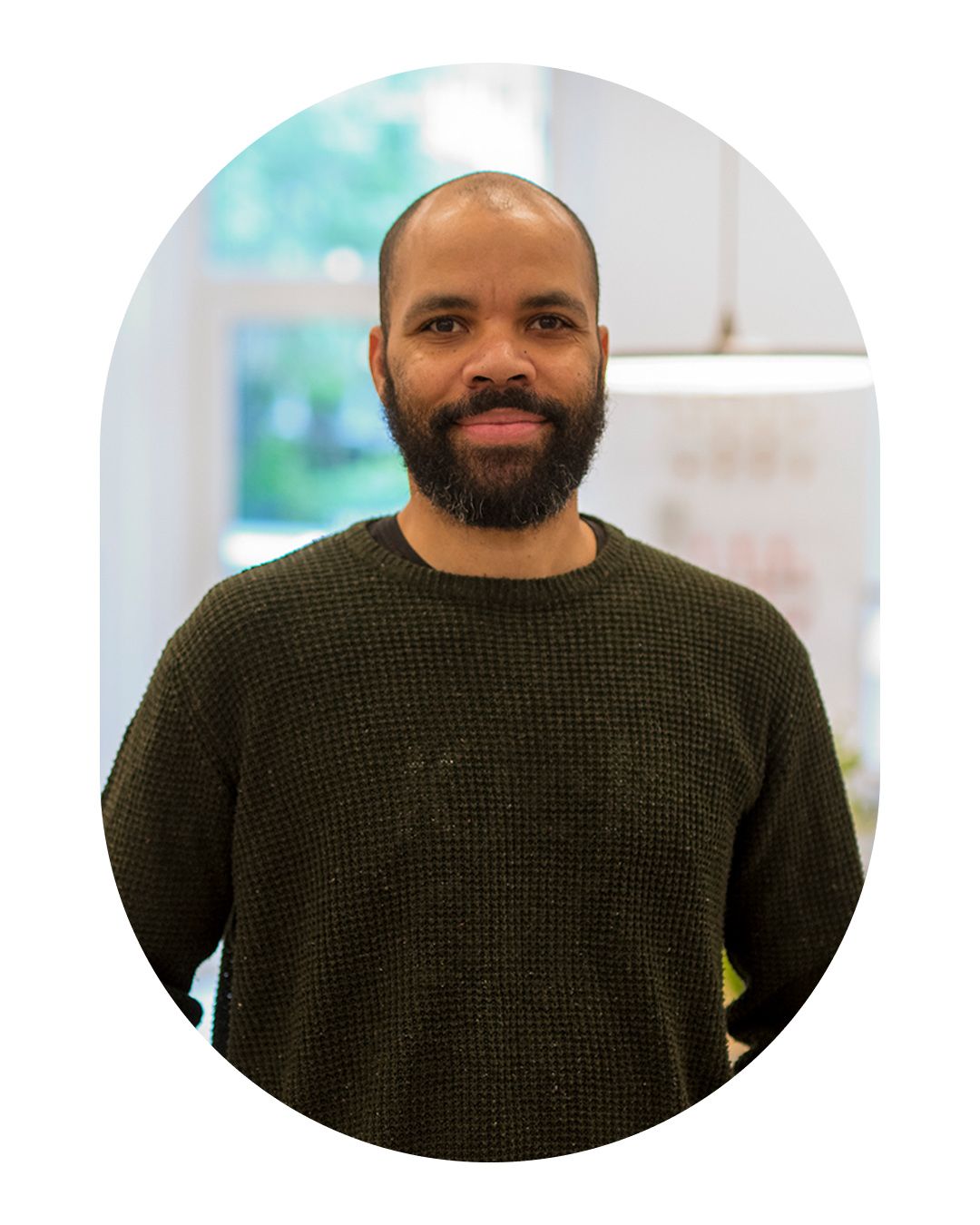
You have already collaborated with several Hungarian artists and designers through your work: with the ARe app, for example, we can see how Anabella Hevesi’s Luna chair looks in our interiors or take a look at some of Alma Vetlényi’s clothes. What added value do you think augmented reality (AR) and Web 3.0 technologies bring to the creative industries?
Not only our consumer habits have changed, but also the way brands communicate, and they have realized that digitalization can compensate, if not replace, the lack of face-to-face interaction.
The creative industry has quickly understood that it is not enough to just show a chair, a dress or any designer item in a photo, but that it is also important to have a sense of space and be able to view the item anywhere in your physical environment using your phone. And all the while, we can have an experience as if the selected object were actually there in its physical presence. In fact, this is the added value of AR or Web3.0.
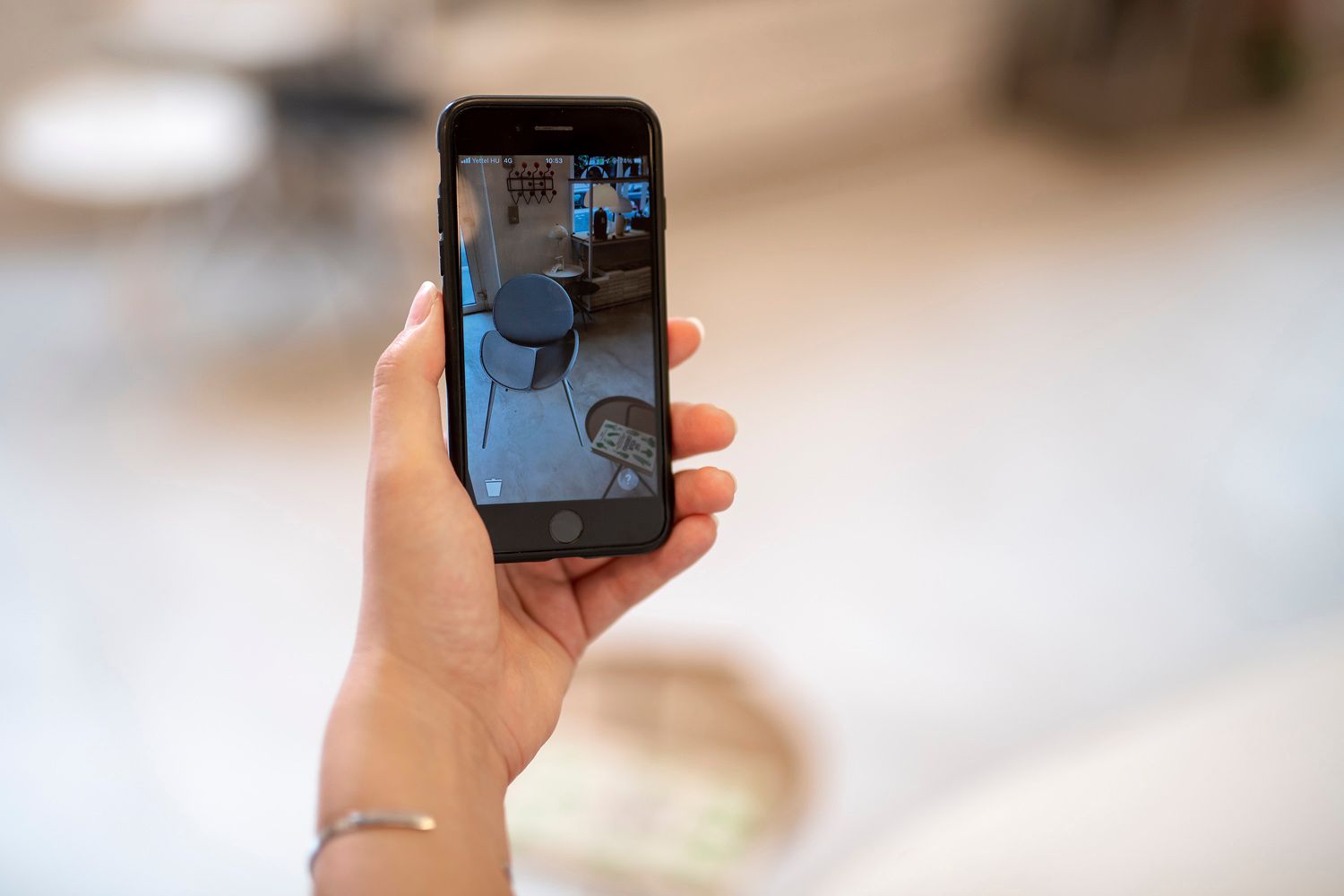
Your new initiative now focuses on the Ukrainian creative community.
The conflict between Ukraine and Russia has caused creative industry players on the other side of the border to pack their suitcases and sling their laptops with their designs under their arms. The tailor shop, the carpentry workshop, to name but a few, have stayed put. To make sure that these brands and creative professionals don’t get completely disconnected from their work, we started to think about how we could provide a service to help them. We wanted to offer a function that would allow them to continue, even if not fully, what they are doing: they could continue to design and show their art, objects or garments digitally.
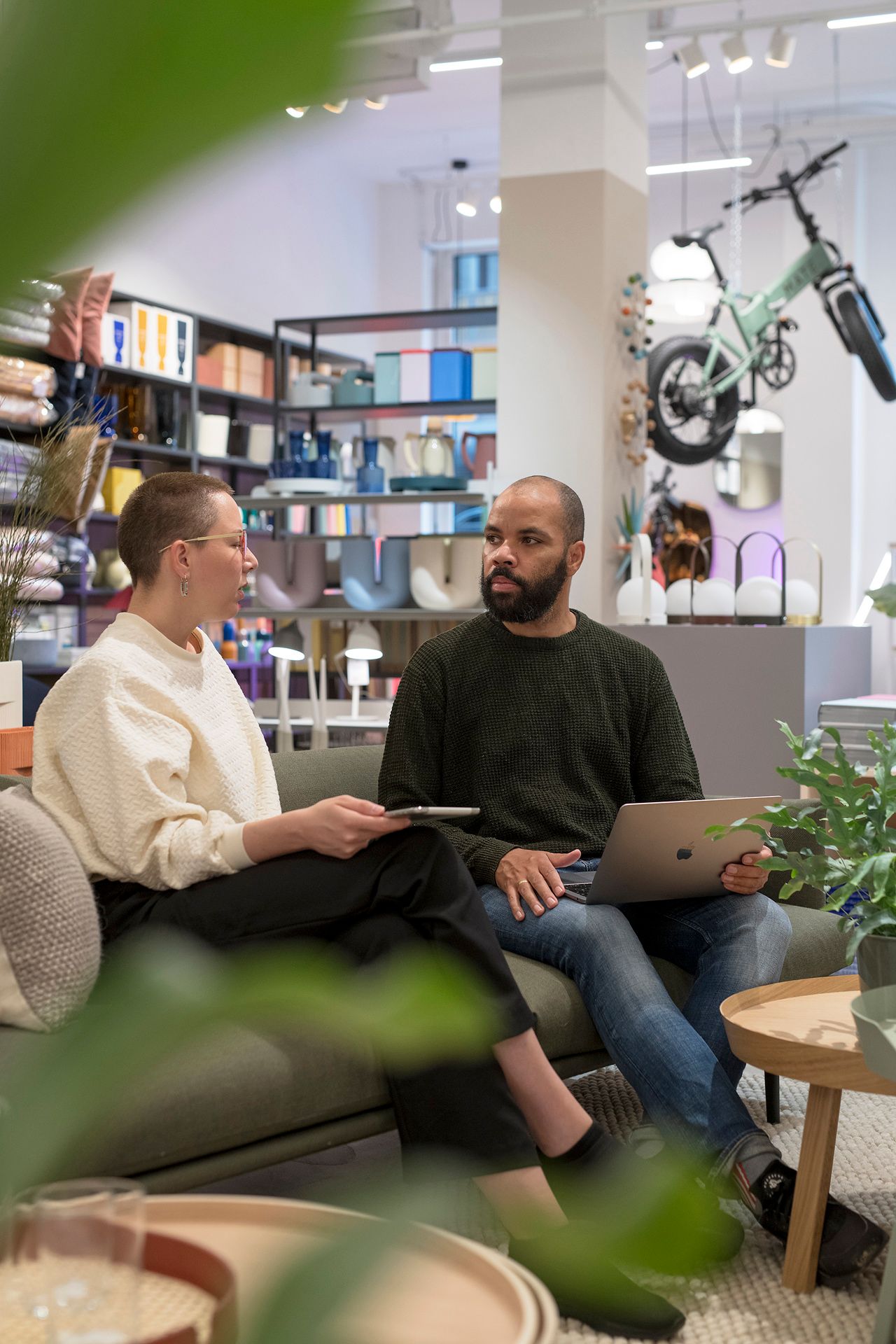
Besides the ARe team, Viktória Szabó and Luca Jakab also joined the initiative: Viktória works in the field of immersive storytelling and has an interest in the fashion industry through her work with PINKPONILO, and Luca has much experience in projects where a curatorial approach is also at the forefront. So, as part of the project, we’ll be reaching out to creators in person, but we also want to open up the opportunity to more designers and artists to continue their work in digital form through an open call.
What services will creators and designers who wish to participate in this initiative receive?
On the one hand, we ensure that objects and artworks are always available in the ARe app: this is important because, at the moment, immersive content is most easily viewed on mobile phones. A further important pillar of our initiative is that creators will also receive a digital copy of a concept—which could be a piece of art, furniture, carpet, wall lamp or even a piece of clothing—for personal use, which they can sell as NFT or upload to their own webshop. We provide the necessary know-how to ensure that the digital product remains entirely in the hands of the designer. This is an important difference compared to this type of cooperation because in most cases, the digital product remains with the developer, so its sale and further exploitation is part of a separate agreement: there is no such thing here, the digital version of the works in question belongs entirely to the designers.

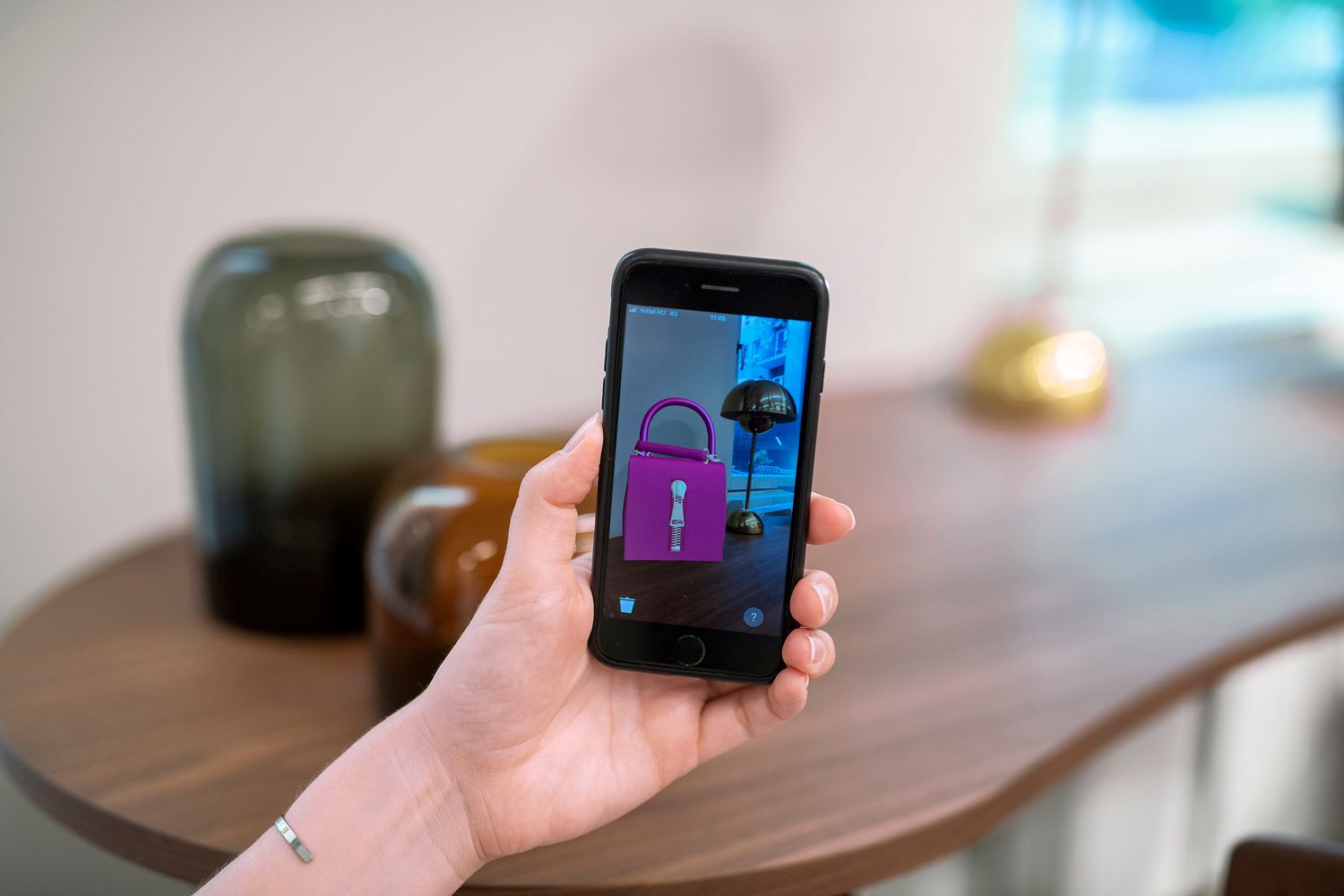
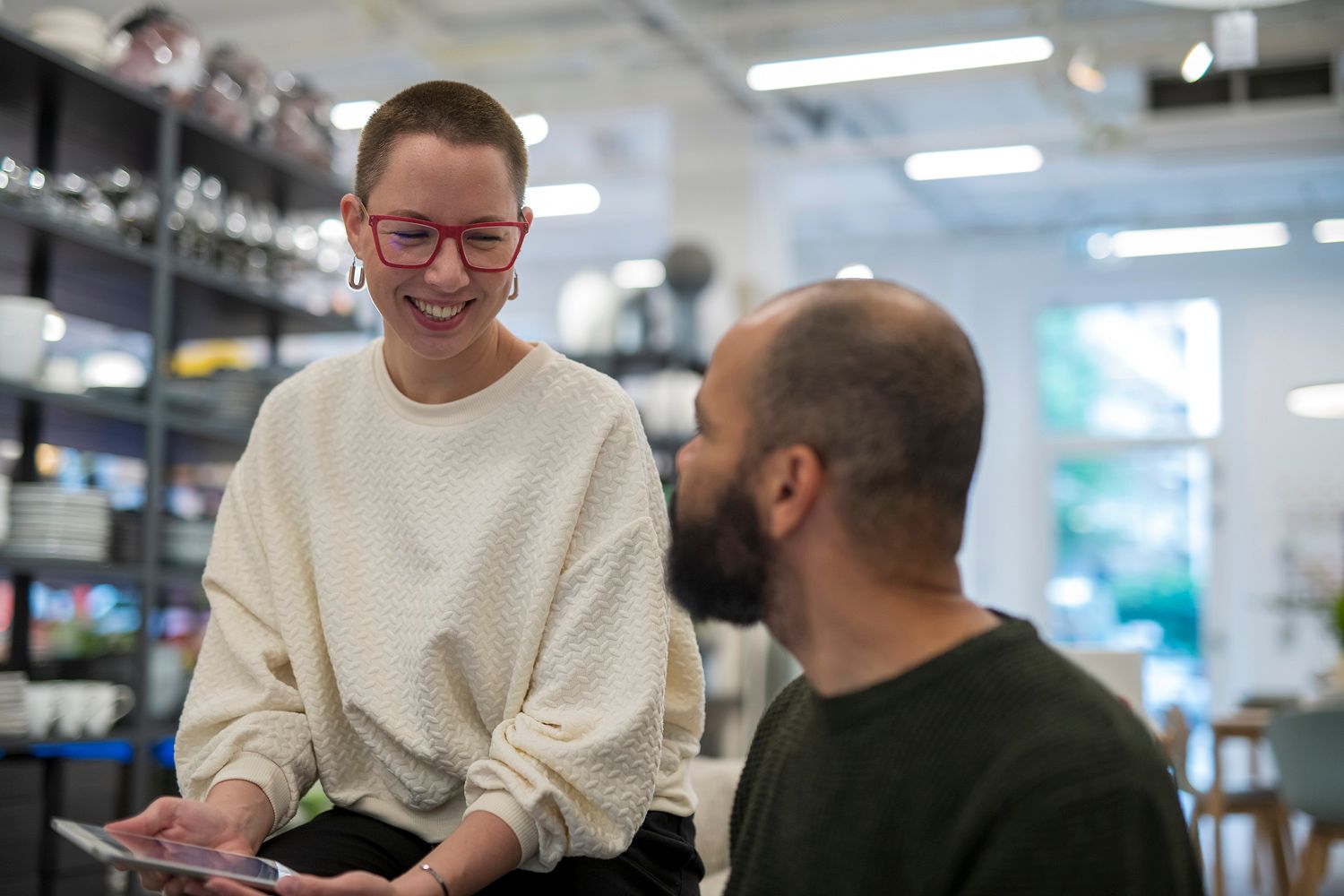
Some of you have tried to help the Ukrainian creative community with a charity auction or by donating your own products: were there any examples that inspired your own initiatives?
We have seen many initiatives, but as few as possible have addressed the need to provide effective and long-term assistance. For example, most media outlets tried to generate reach by showcasing different Ukrainian brands, which is also important, but we thought we could do more.

With ARe’s call, Ukrainian creatives can show not only what they have been doing but also what they have left behind and what new projects they are working on. This is what inspired us to launch the project.
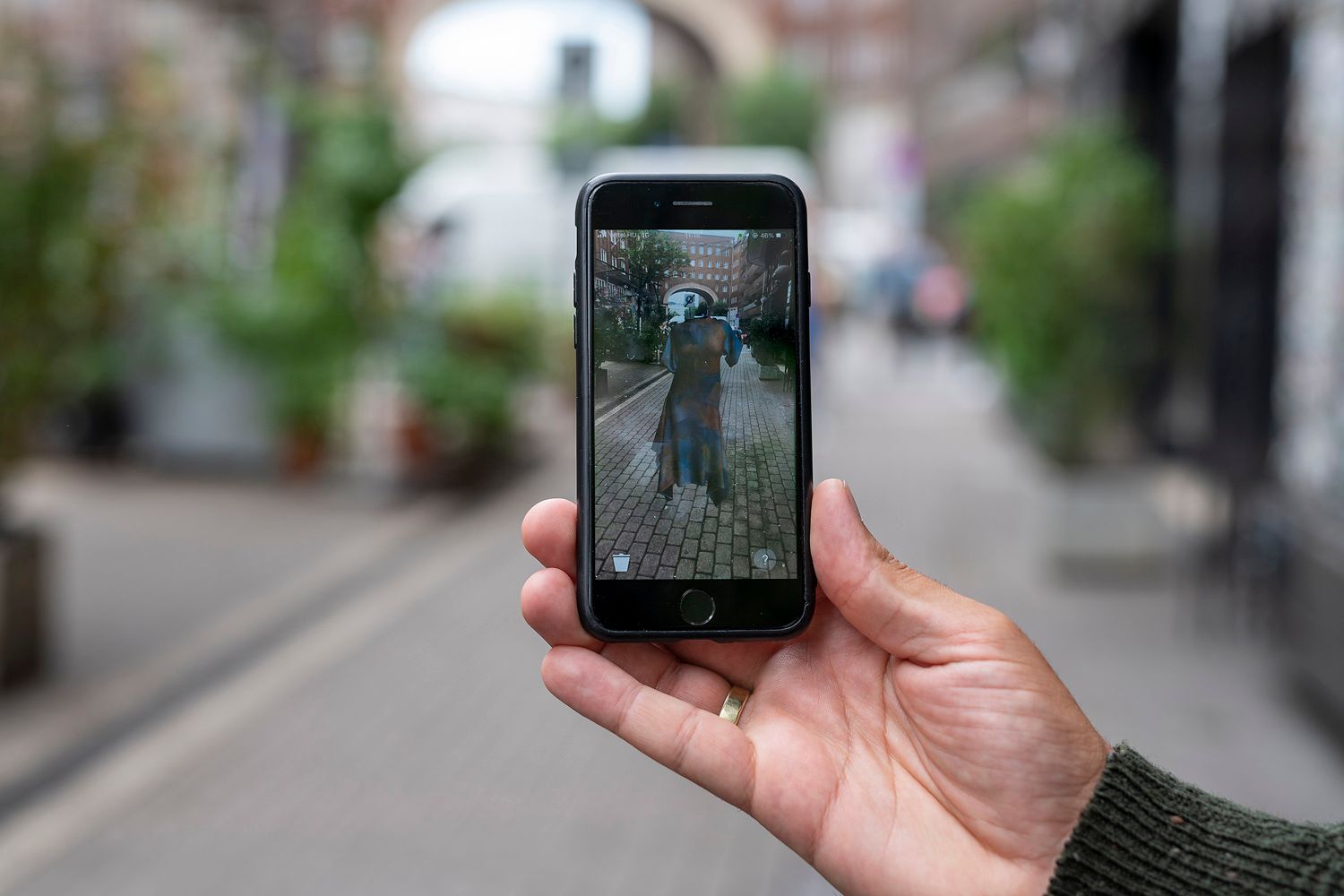
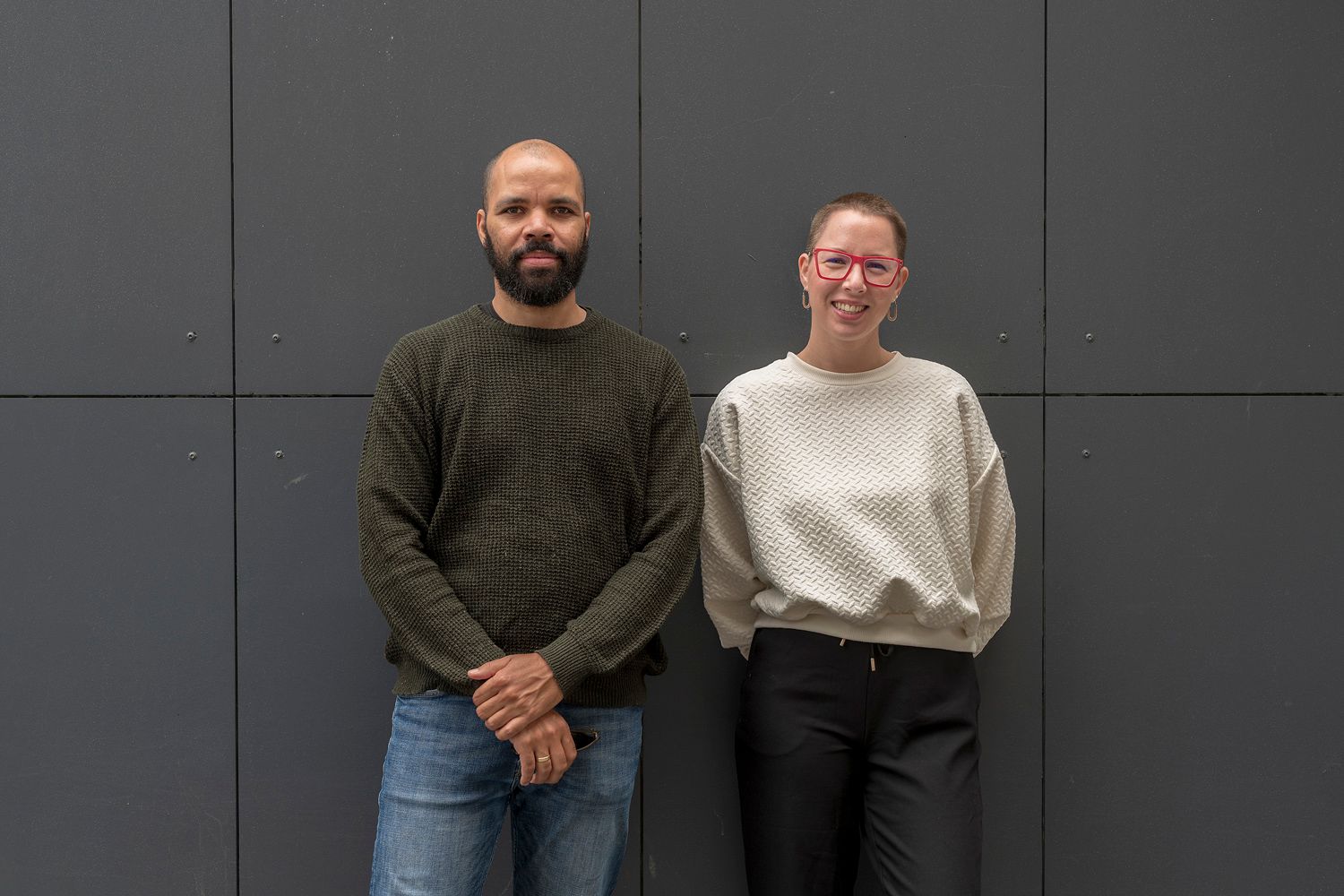
What’s your long-term vision for the initiative?
We would like to monitor the afterlife of each digital product and periodically ask for feedback from participants on how and to what extent they have achieved their goals. We would also like to use this feedback and incorporate it into further developments. Following this call, we aim to replicate the project in other countries, either in the form of open calls or individual projects, to reach as many creative industry players as possible with similar problems or needs.
The ARe open call has just been launched: details of the call are available here. The team is also planning a second round of calls for Ukrainian artists and designers in the first half of July.
Photos: Balázs Csizik
The location for the photo shoot was provided by Home of Solinfo.
ARe | Web | Facebook | Instagram
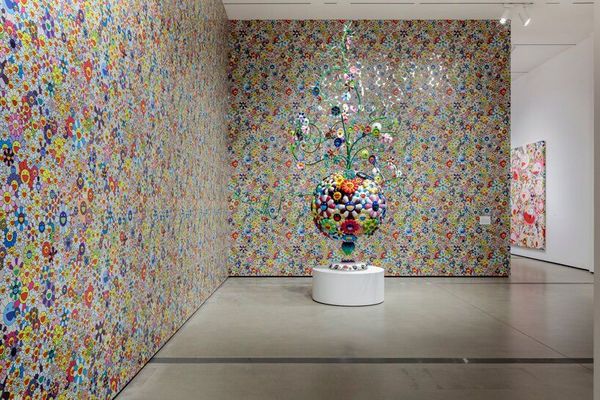
Major Takashi Murakami exhibition opens at The Broad with digital immersive spaces
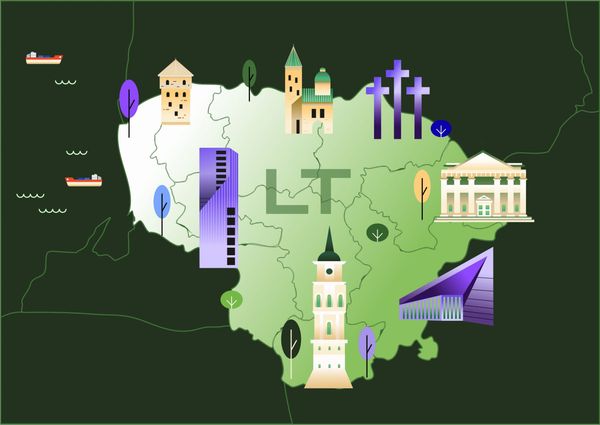
Lithuania: borrowing population is impossible | The transition to democracy in our region – Part III.
